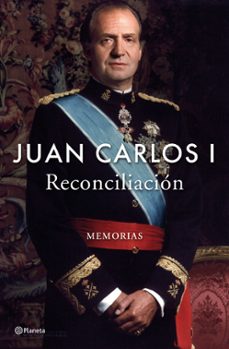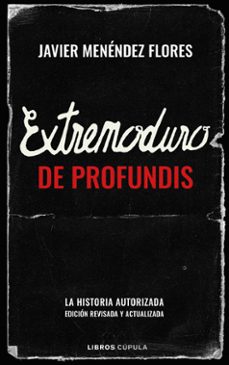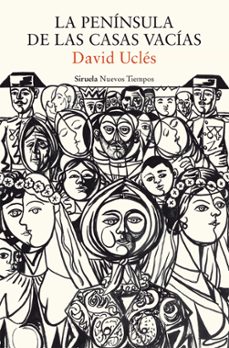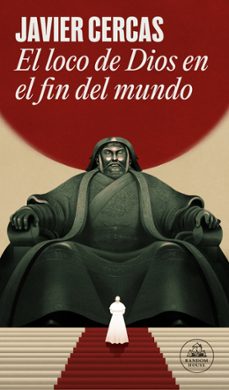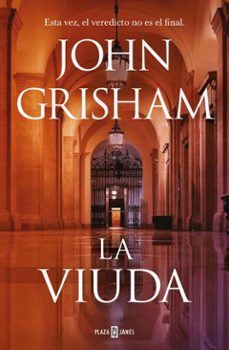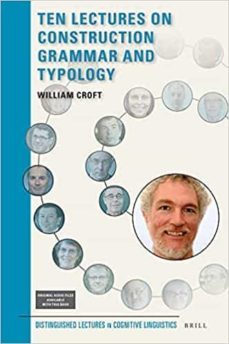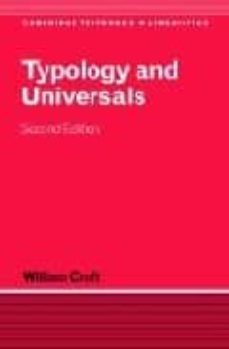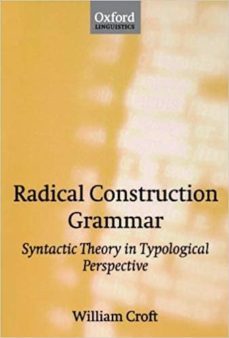Imprescindibles
Ficción
No Ficción
Ciencias y tecnología Biología Ciencias Ciencias naturales Divulgación científica Informática Ingeniería Matemáticas Medicina Salud y dietas Filología Biblioteconomía Estudios filológicos Estudios lingüísticos Estudios literarios Historia y crítica de la Literatura
Humanidades Autoayuda y espiritualidad Ciencias humanas Derecho Economía y Empresa Psicología y Pedagogía Filosofía Sociología Historia Arqueología Biografías Historia de España Historia Universal Historia por países
Infantil
Juvenil
#Jóvenes lectores Narrativa juvenil Clásicos adaptados Libros Wattpad Libros Booktok Libros de influencers Libros de Youtubers Libros Spicy Juveniles Libros LGTBIQ+ Temas sociales Libros ciencia ficción Libros de acción y aventura Cómic y manga juvenil Cómic juvenil Manga Shonen Manga Shojo Autores destacados Jennifer L. Armentrout Eloy Moreno Nerea Llanes Hannah Nicole Maehrer
Libros de fantasía Cozy Fantasy Dark academia Hadas y Fae Romantasy Royal Fantasy Urban Fantasy Vampiros y hombres lobo Otros Misterio y terror Cozy mistery Policiaca Spooky Terror Thriller y suspense Otros
Libros románticos y de amor Dark Romance Clean Romance Cowboy Romance Mafia y amor Romance dramatico Romcom libros Sport Romance Otros Clichés Enemies to Lovers Friends to Lovers Hermanastros Slow Burn Fake Dating Triángulo amoroso
Cómic y manga
Novela gráfica Novela gráfica americana Novela gráfica europea Novela gráfica de otros países Personajes, series y sagas Series y sagas Star Wars Superhéroes Cómics DC Cómics Marvel Cómics otros superhéroes Cómics Valiant
eBooks
Literatura Contemporánea Narrativa fantástica Novela de ciencia ficción Novela de terror Novela histórica Novela negra Novela romántica y erótica Juvenil Más de 13 años Más de 15 años Infantil eBooks infantiles
Humanidades Autoayuda y espiritualidad Ciencias humanas Economía y Empresa Psicología y Pedagogía Filosofía Historia Historia de España Historia Universal Arte Cine Música Historia del arte
Ciencia y tecnología Ciencias naturales Divulgación científica Medicina Salud y dietas Filología Estudios lingüísticos Estudios literarios Historia y crítica de la Literatura Estilo de vida Cocina Guías de viaje Ocio y deportes
William Croft
Recibe novedades de WILLIAM CROFT directamente en tu email
Filtros
Del 1 al 6 de 6
OXFORD UNIVERSITY PRESS 2910008117632
Tapa blanda
LONGMAN 9780582356771
Tapa blanda
BRILL E.J. 9789004363526
In Ten Lectures on Construction Grammar and Typology, William Croft presents a unified theory of linguistic form and meaning that encompasses crosslinguistic diversity, verbalization and language change. Croft begins from construction grammar, a theory of syntax in which all syntactic structures are a pairing of form and meaning. Constructions are posited as basic; syntactic categories are defined by constructions. The internal structure of constructions directly link elements of constructions to the meanings they express, Constructions across languages can be situated in a space of syntactic variation. Grammar emerges from the verbalization of experience. Constructions occur in a probability distribution across the conceptual space of meanings. These probability distributions evolve, leading to grammatical change in language, modeled in an evolutionary framework.
Ver más
Tapa dura
CAMBRIDGE UNIVERSITY PRESS 9780521004992
Comparison of the grammars of human languages reveals systematic patterns of variation. Typology and universals research uncovers those patterns to formulate universal constraints on language and seek their exploration. In this essential textbook, William Croft presents a comprehensive introduction to the method and theory used in studying typology and universals. The theoretical issues discussed range from the most fundamental to the most abstract. The book provides students and researchers with extensive examples of language universals in phonology, morphology, syntax and semantics. This ...
Ver más
Tapa blanda
OXFORD UNIVERSITY PRESS 9780198299547
Radical Construction Grammar presents a profound critique of syntactic theory and argumentation, and offers a genuinely new approach to syntax based on the fact of grammatical diversity. Recent syntactic theories are essentially formal models for the representation of grammatical knowledge and posit complex syntactic structures in the analysis of sentences. The result has been a endless cycle of new and revised theories of syntactic representation. Radical Construction Grammar argues that this approach to syntax is incompatible with the grammatical variation found within and across languages. This book defends three fundamental theses: (i) constructions are the primitive units of syntactic representation, and grammatical categories are defined by constructions, not the other way around; (ii) the only syntactic structures are the part-whole relations between a construction and the syntactic elements that make it up; (iii) not only are grammatical categories construction-specific, but constructions are language-specific. In other words, syntactic structure is almost entirely language-specific; attempts to find a universal formal model are doomed to failure. Radical Construction Grammar integrates concepts from typological theory and construction grammar to uncover the genuine universals of grammar. Constructions are represented as complex symbolic units pairing form and meaning. The semantic map model of typological theory is used to map category distributions on a largely universal conceptual space. Universals of grammar are found in the mapping of meaning onto form. Systematic patterns of grammatical variation provide evidence for the topography of conceptual space, which in turn reflects the geography of the human mind.
Ver más
Tapa blanda
Del 1 al 6 de 6

